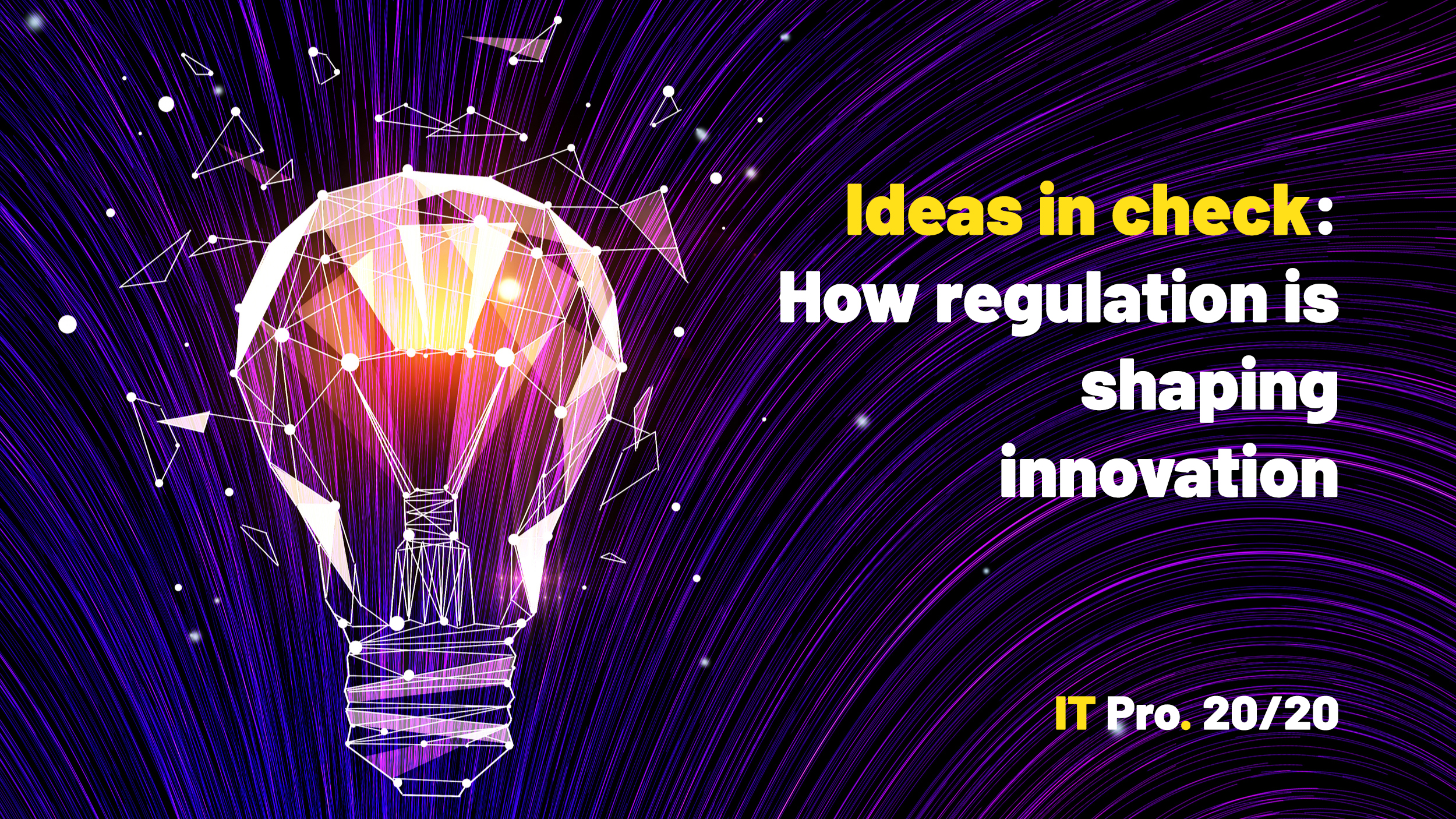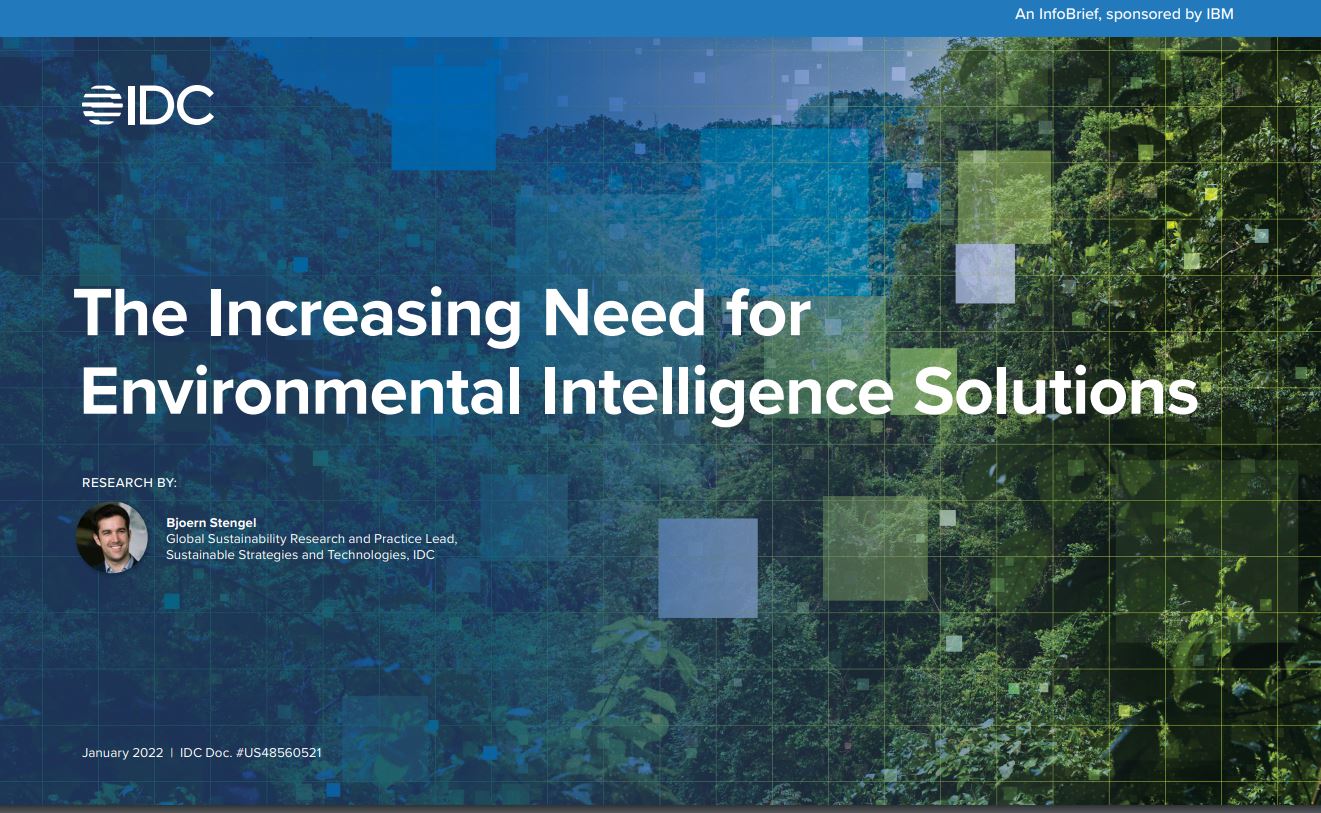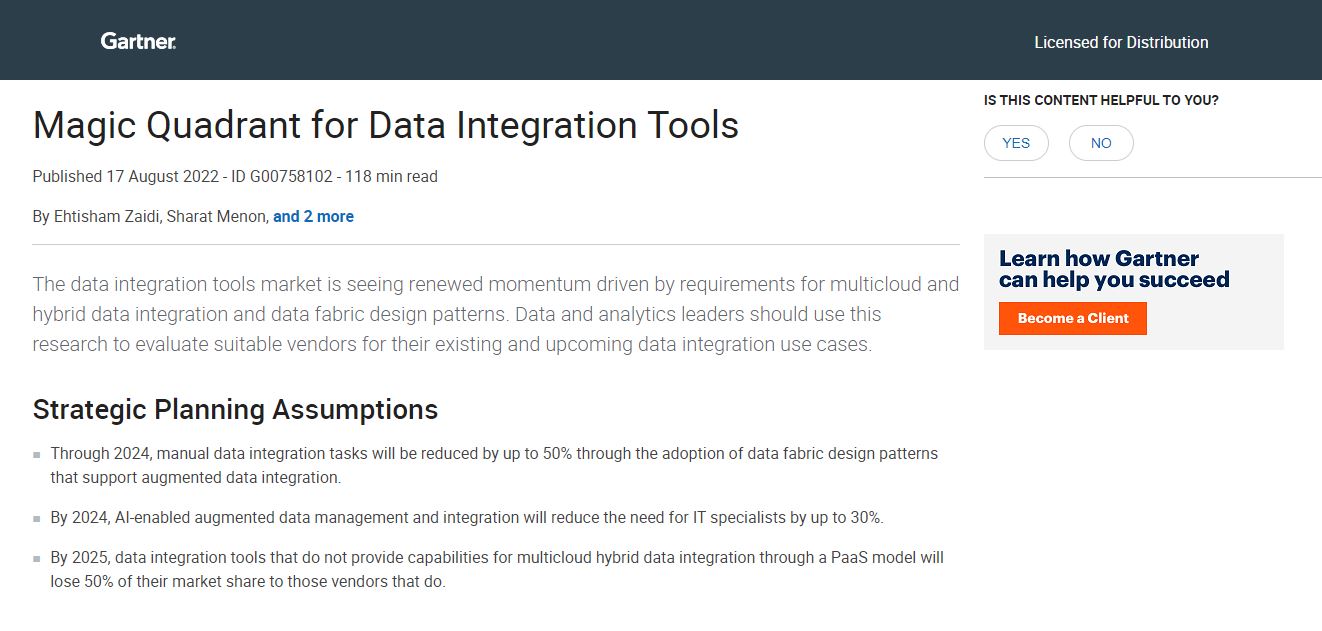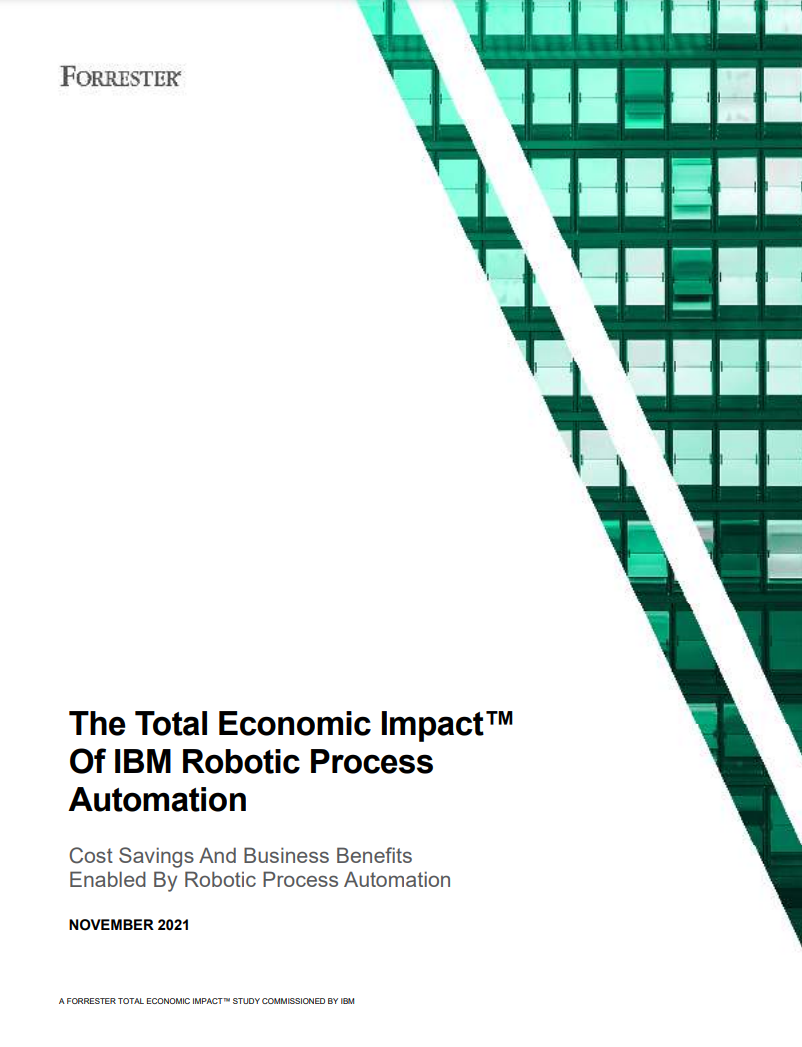UK's post-Brexit data deals 'will go further than EU ever could'
The government sets out a four-pronged approach to the free flow of data and data localisation with Asia-Pacific nations


The UK government has outlined an ambitious plan to reach a set of international agreements on data that it claims is now possible due to leaving the European Union.
With Brexit on the horizon, the government has set out a four-pillared strategy for global digital trade, with the cornerstone a set of free trade agreements that allow the freeflow of data and data localisation between the UK and Asia-Pacific countries.
Arrangements would adopt the mould of the “very advanced digital and data chapter” in agreements such as the Comprehensive and Progressive Agreement for Trans Pacific Partnership (CPTPP) between 11 Pacific nations, according to the secretary of state for international trade, Liz Truss.
However, these ambitions have been outlined despite no guarantees the UK will continue to enjoy the freeflow of data with EU nations, as it currently does, with the prospect of a no-deal Brexit still very much in play.
A chorus of voices, including the Information Commissioner’s Office (ICO), has warned that failing to reach a GDPR data adequacy agreement with the EU would mean critical data transfers are blocked.
The warnings have resonated louder more recently in light of discussions between the UK and the US over a free trade agreement. Experts have suggested, in particular, that any move to ‘water down’ data protection arrangements would “raise eyebrows in Brussels” and potentially undermine relations with the EU.
The government is hoping that arrangements with countries like Japan, with which it’s recently entered into trade negotiations, would allow for data arrangements that go further than would’ve been possible while a member of the EU. Such terms, Truss argued in a speech delivered to mark London Tech Week, would allow for a digital single market to be established with the UK and any nation in question.
Get the ITPro daily newsletter
Sign up today and you will receive a free copy of our Future Focus 2025 report - the leading guidance on AI, cybersecurity and other IT challenges as per 700+ senior executives
“Japan is important in its own right, of course it’s a hugely advanced technology nation, but it’s also the biggest player in CPTPP,” Truss said. “And CPTPP has a very advanced digital and data chapter. I want the UK to also become part of that and make it much easier for us to do digital business with all of those eleven countries that are part of CPTPP.”
“So, there’s a huge opportunity in terms of free trade agreements. But of course, free trade agreements are the framework.”
Also comprising the UK’s digital trade strategy is the establishment of a digital trade network with the Asia-Pacific region with £8 million funding, which would be allocated to helping UK companies access those markets.
RELATED RESOURCE

IT Pro 20/20: How regulation is shaping innovation
The fifth issue of IT Pro 20/20 looks at how new rules are forcing companies to change the way they do business
The money will be used to hire tech experts located in embassies and high commissions that can explain how to approach digital trade locally.
TechNation, a network of digital entrepreneurs, has also been roped into building out the frameworks for how the digital trade network will operate.
Additionally, the government has outlined plans to establish a Tech Exporting Academy, which will offer services on a pro bono basis, to offer expertise to companies hoping to sell their technologies into particular markets. Advice will be offered on areas such as regulation, intellectual property and compliance.
The final prong of the government’s strategy is a plan to encourage foreign investment in particular sectors across the UK, including areas such as 5G, the Internet of Things (IoT), photonics, and mixed reality.

Keumars Afifi-Sabet is a writer and editor that specialises in public sector, cyber security, and cloud computing. He first joined ITPro as a staff writer in April 2018 and eventually became its Features Editor. Although a regular contributor to other tech sites in the past, these days you will find Keumars on LiveScience, where he runs its Technology section.
-
 Cleo attack victim list grows as Hertz confirms customer data stolen
Cleo attack victim list grows as Hertz confirms customer data stolenNews Hertz has confirmed it suffered a data breach as a result of the Cleo zero-day vulnerability in late 2024, with the car rental giant warning that customer data was stolen.
By Ross Kelly
-
 Lateral moves in tech: Why leaders should support employee mobility
Lateral moves in tech: Why leaders should support employee mobilityIn-depth Encouraging staff to switch roles can have long-term benefits for skills in the tech sector
By Keri Allan
-
 AI inferencing with AMD EPYC™ processors
AI inferencing with AMD EPYC™ processorswhitepaper Providing an excellent platform for CPU-based AI inferencing
By ITPro
-
 Green Quadrant: Enterprise carbon management software 2022
Green Quadrant: Enterprise carbon management software 2022Whitepaper Detailing the 15 most prominent carbon management software vendors to see if they fit your requirements
By ITPro
-
 Robotic process automation
Robotic process automationWhitepaper A no-hype buyer's guide
By ITPro
-
 The increasing need for environmental intelligence solutions
The increasing need for environmental intelligence solutionsWhitepaper How sustainability has become a major business priority and is continuing to grow in importance
By ITPro
-
 Why developers are turning to ultra-powerful workstations for more creative freedom at less cost
Why developers are turning to ultra-powerful workstations for more creative freedom at less costWhitepaper The market for AI applications is immense and their economic value even greater
By ITPro
-
 2022 Magic Quadrant for data integration tools
2022 Magic Quadrant for data integration toolsWhitepaper Using research to evaluate suitable vendors for their existing and upcoming data integration use cases
By ITPro
-
 Appian Europe: 'Our data fabric system offers features unavailable anywhere else'
Appian Europe: 'Our data fabric system offers features unavailable anywhere else'News The cloud firm says its updated system gives customers more control over their data than ever before, while retaining its low-code pedigree
By Rory Bathgate
-
 The Total Economic Impact™ of IBM robotic process automation
The Total Economic Impact™ of IBM robotic process automationWhitepaper Cost savings and business benefits enabled by robotic process automation
By ITPro